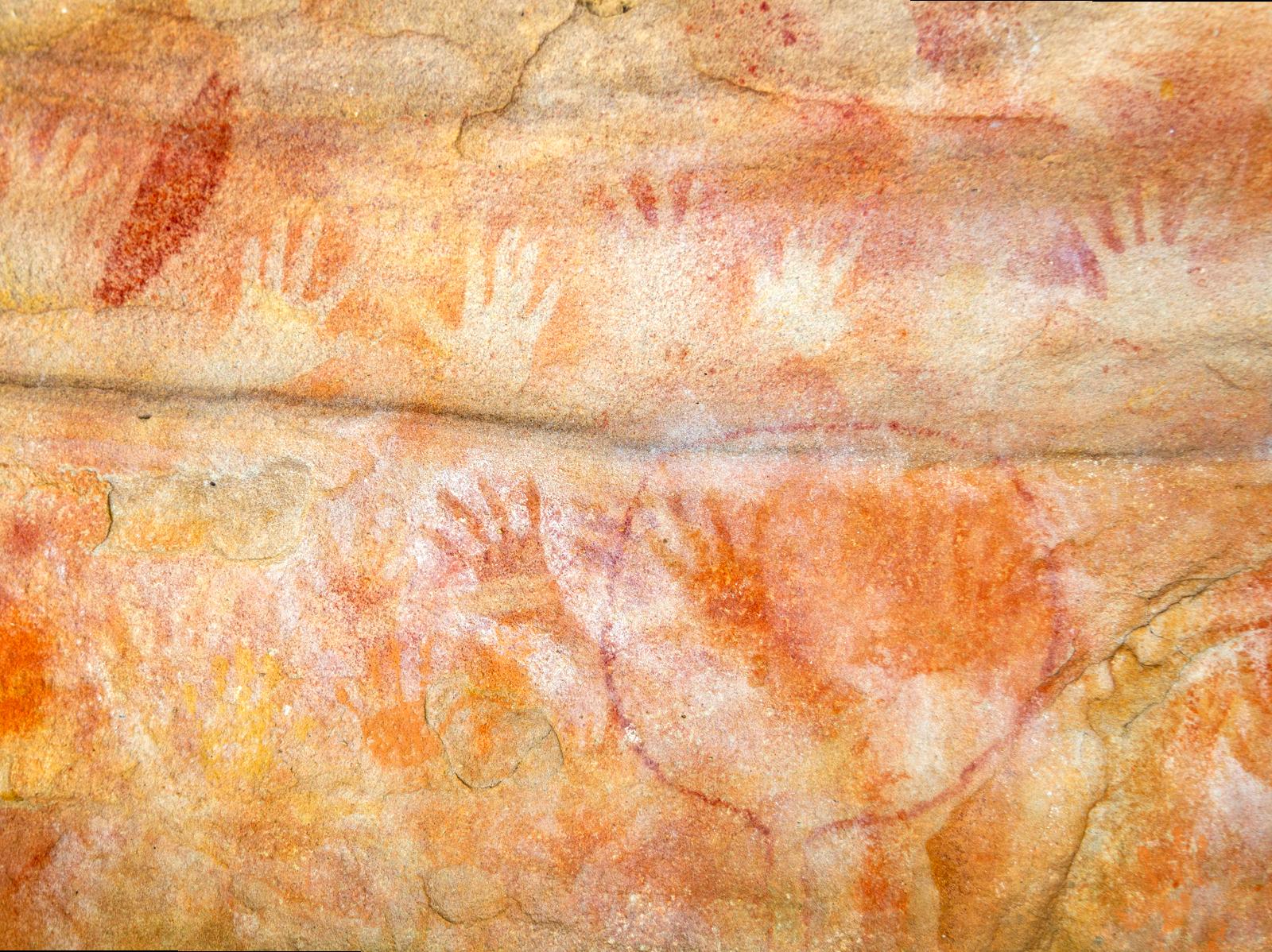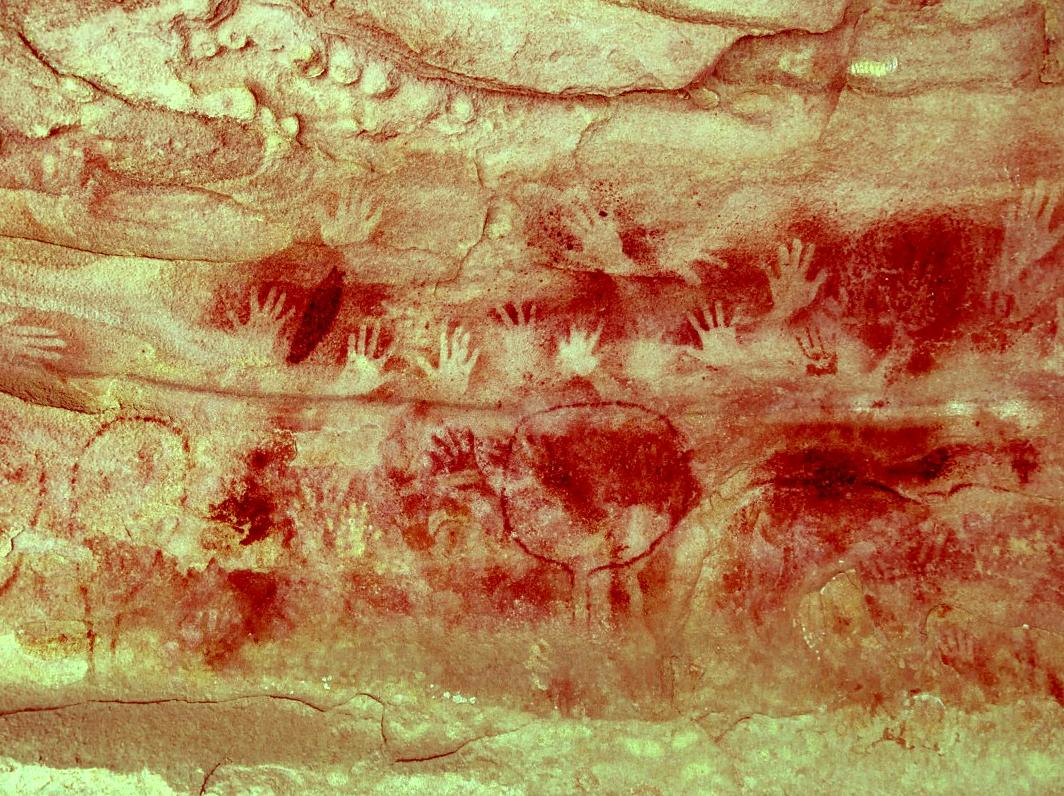
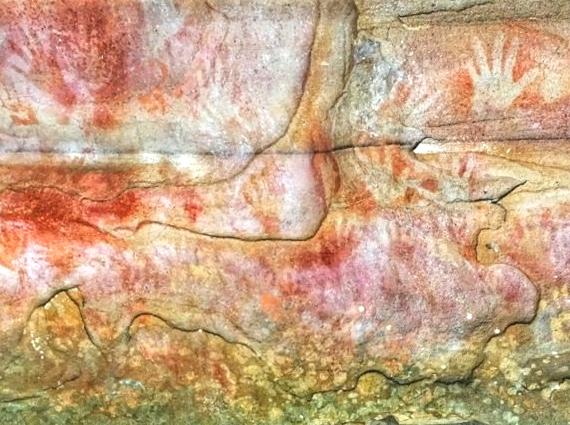
Red Hands Cave, nestled in the rugged landscapes of Australia, is a significant archaeological site that showcases awe-inspiring ancient Aboriginal art. This unique cave is not only a testament to the artistic prowess of its Indigenous creators but also serves as a crucial link to understanding their cultural heritage and beliefs. The standout feature of this cave is its striking hand stencils, which have been dated as far back as 13,000 years, offering insights into the spiritual and social practices of Aboriginal communities. As we delve deeper into the cave’s enigmatic past, we uncover the historical, cultural, and artistic significance that these ancient artworks hold for contemporary society.
The History of Red Hands Cave
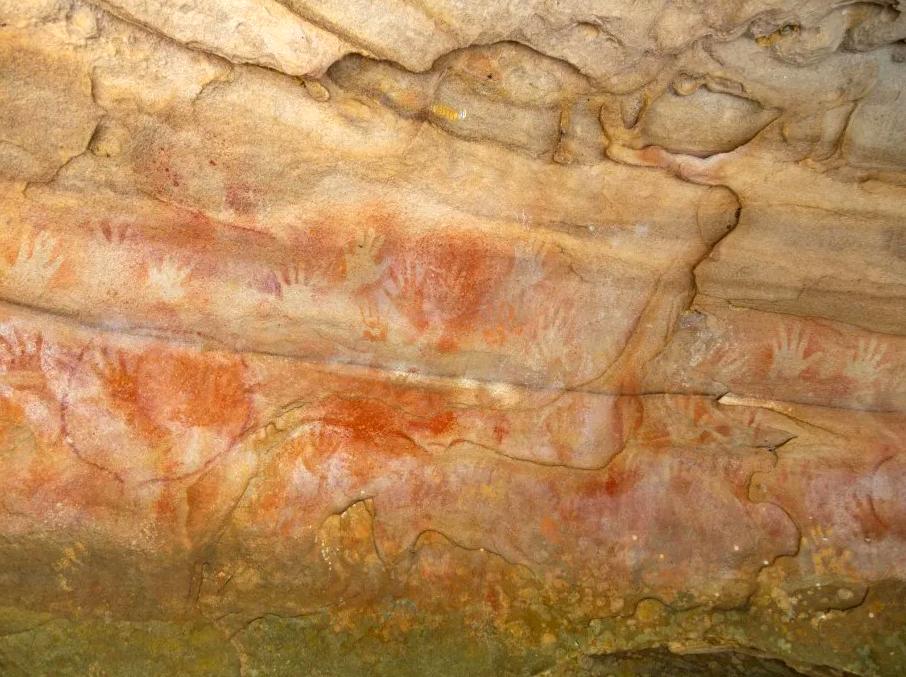
Discovered in the early 20th century, Red Hands Cave has since been a focal point for researchers and tourists alike, eager to explore the rich history encapsulated within its walls. The cave was used by Aboriginal groups as a space for rituals and gatherings, and the hand stencils found here are believed to represent more than mere art; they signify identity, community, and spirituality. The cave is located near the town of Mount Remarkable, which is steeped in Indigenous history. Over the years, extensive studies have been conducted, revealing layers of significance tied to both the artwork and the site itself. The evidence found suggests that different generations of Aboriginal artists contributed to the cave’s wall art, making it a living record of their culture and values.
Art and Symbolism of Red Hands Cave
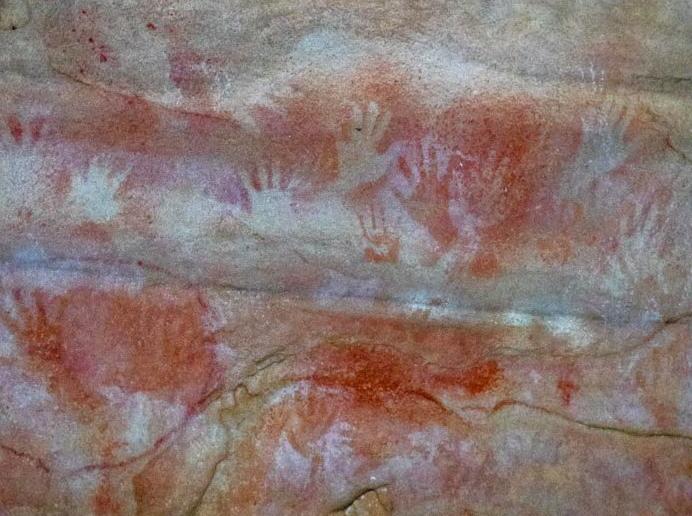
The artwork inside Red Hands Cave primarily consists of hand stencils, created using natural pigments derived from local materials. Typically, the artists would blow pigment over their hands placed against the rock surface, leaving an imprint that carries deep cultural significance. Each handprint is thought to symbolize individuality while also reinforcing the concept of kinship and belonging to the community. The color red used in many pieces is derived from iron oxides found in the area, indicating the resources Aboriginal peoples utilized in their expression. The styles of hand stencils vary, suggesting that different artists left their mark across centuries. Additionally, the presence of other depictions, such as animals and spiritual motifs, enriches the interpretations of the art and hints at the relationship between the Aboriginal cultures and the natural world surrounding them.
Conservation Efforts for Red Hands Cave
As the cultural importance of Red Hands Cave has gained recognition, so has the need for preservation efforts aimed at protecting its fragile artworks. Various organizations, including local Indigenous groups, have collaborated to implement strategies for maintaining the cave’s integrity. These efforts include limiting visitor access, conducting regular inspections, and educational programs to increase awareness about the significance of the site. Furthermore, the development of guidelines for responsible tourism aims to balance the influx of visitors with the necessity of preserving the artworks for future generations. Despite the challenges posed by both natural erosion and human impact, ongoing conservation initiatives are instrumental in safeguarding this vital piece of Aboriginal heritage.
Visiting Red Hands Cave
For those wishing to visit Red Hands Cave, it offers a profound opportunity to connect with Australia’s Indigenous history. Visitors are encouraged to engage with the land respectfully and to follow guidelines set forth by custodians of the site. Facilities for visitors are limited, emphasizing a nature-based experience that encourages exploration and learning. Guided tours often provide context and narratives that enhance the experience of viewing the ancient artwork. It’s also advisable to check local regulations regarding visitation, as seasonal variations may affect accessibility. By participating in these tours, visitors not only learn but also contribute to the ongoing conservation efforts supporting the cave and its storied past.
Conclusion
Red Hands Cave stands as a poignant reminder of the rich tapestry of Aboriginal culture and its enduring legacy through ancient art. The hand stencils and symbols found within the cave offer narratives that echo across millennia, representing both individual and collective identities in their purpose. As we delve into the stories communicated through this art, we recognize the importance of preserving such sites not only for their historical value but also for the enlightenment of future generations. By taking steps to appreciate and safeguard Red Hands Cave, we honor the Indigenous peoples who have lived in harmony with the land and whose creativity and spirituality continue to inspire. This remarkable site is more than an archaeological treasure; it is a living testament to the resilience and traditions of Aboriginal culture.
FAQs
The artwork, primarily consisting of hand stencils, has been dated as far back as 13,000 years, showcasing a long history of Aboriginal presence in the area.
2. What materials were used to create the art?
Artists utilized natural pigments derived from local materials, particularly iron oxides, to create the hand stencils and other imagery found in the cave.
3. Can anyone visit Red Hands Cave?
Yes, but access may be limited and regulated. It’s essential to check local guidelines and follow respectful visitation practices to protect the site.
4. Why are the hand stencils significant?
The hand stencils represent individual identity while also reinforcing community connections. They serve as a powerful cultural symbol of belonging and spirituality.
5. What conservation efforts are in place for the cave?
Conservation efforts include limiting visitor access, educational programs, and collaborations with Indigenous groups to ensure the site is preserved for future generations.
